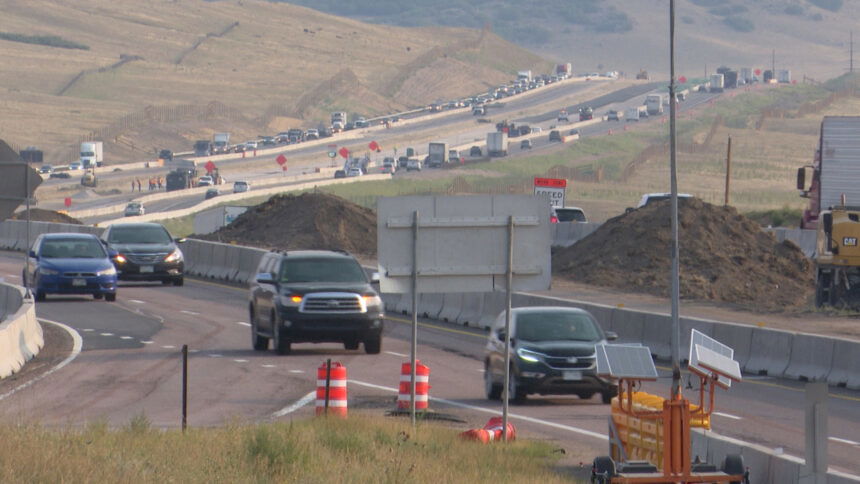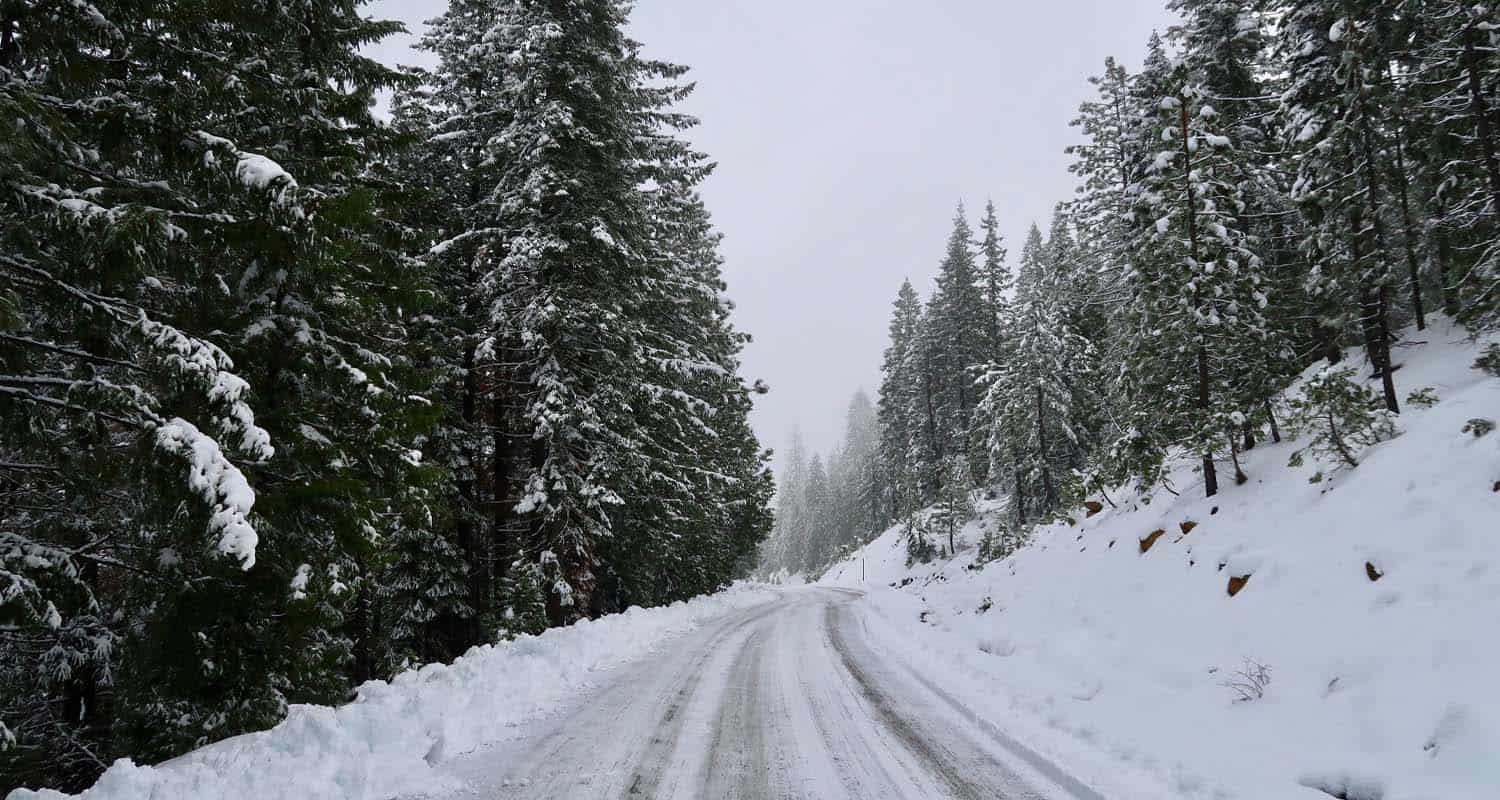Before we can talk about the dreaded summer road work, we have to talk about the famous Colorado Winter in the Rockies. The I-70 mountain corridor can see an average of 300 inches of snowfall every year. Also, average low temperatures can stay around 13F from October to April. You can imagine that much snowfall, combined with really low temperatures, would make for awful working conditions. So, the work that can’t be done in the Winter is all scheduled for the Summer. When headed through the Rocky Mountains, you’ll likely travel on Interstate 70 or US 285. Therefore, we are going to focus on these two paths to prepare you for a safe and efficient time visiting the Rockies.

Image Courtesy of denverpost.com
The I-70 Mountain Corridor
Interstate 70, in the greater Denver area, travels from Watkins, through Aurora, Denver, Arvada, and Idaho Springs, into Silverthorne, Frisco, and Vail. Over 200,000 vehicles are estimated to use this stretch of I-70 every day. In the Summer, that can mean a lot of traffic, made even more drastic with road work. In the Winter, this means a lot of chains that constantly grind away at the pavement. Therefore, constant maintenance and road work every Summer should be expected. There are currently 25 active projects along the I-70 mountain corridor, most of which are running from Spring 2021 to Fall 2022, with some expected to finish in 2024.

The US 285 Mountain Corridor
This highway is extremely scenic, with great access to beautiful small towns, pastures, and of course all the recreation you could think of finding in the mountains. US 285 begins in Englewood, heads South West to Fairplay, then continues South until reaching Espanola, New Mexico. Most traffic on this corridor will come from South Denver. This road also sees fewer vehicles and is, therefore, narrower than I-70. There is currently only one active project on US 285 in Colorado, but it requires a full 3-month closure at MP 172.36 in Park County.
Avoiding Road Work and Staying Safe
Before traveling, you can generate a report on the Colorado Department of Transportation’s Construction/Maintenance Report. Here, you will input the days you plan to travel, the highway, and the county, then you’ll get a report showing all the lane closures with times and ranges. You can use this information to plan when you will drive, and which alternate routes may limit your contact with road work. Following their Twitter account @ColoradoDOT will also give you the latest news on road closures and delays.
Image Courtesy of krdo.com
In many cases, avoiding construction zones will lead to longer travel times. Streets in the Denver area tend to be congested in the Summer, with people going out more even if it’s not for very long. Also, most road work is scheduled at night. This is intentionally done by the Colorado Department of Transportation to limit their impact on commuters. However, low visibility combined with changing traffic patterns means drivers need to be more vigilant.
In any case, practice safe driving by following the flow of traffic and obeying construction signs. Planning your trip and including extra time can also make your long commutes more enjoyable for everyone in the vehicle. Of course, another option that eliminates having to deal with road work in the Summer is arranging a mountain shuttle to get you to your adventure and back. Shuttle drivers are supported by dispatch operators that keep an eye on road conditions to get you around efficiently.







